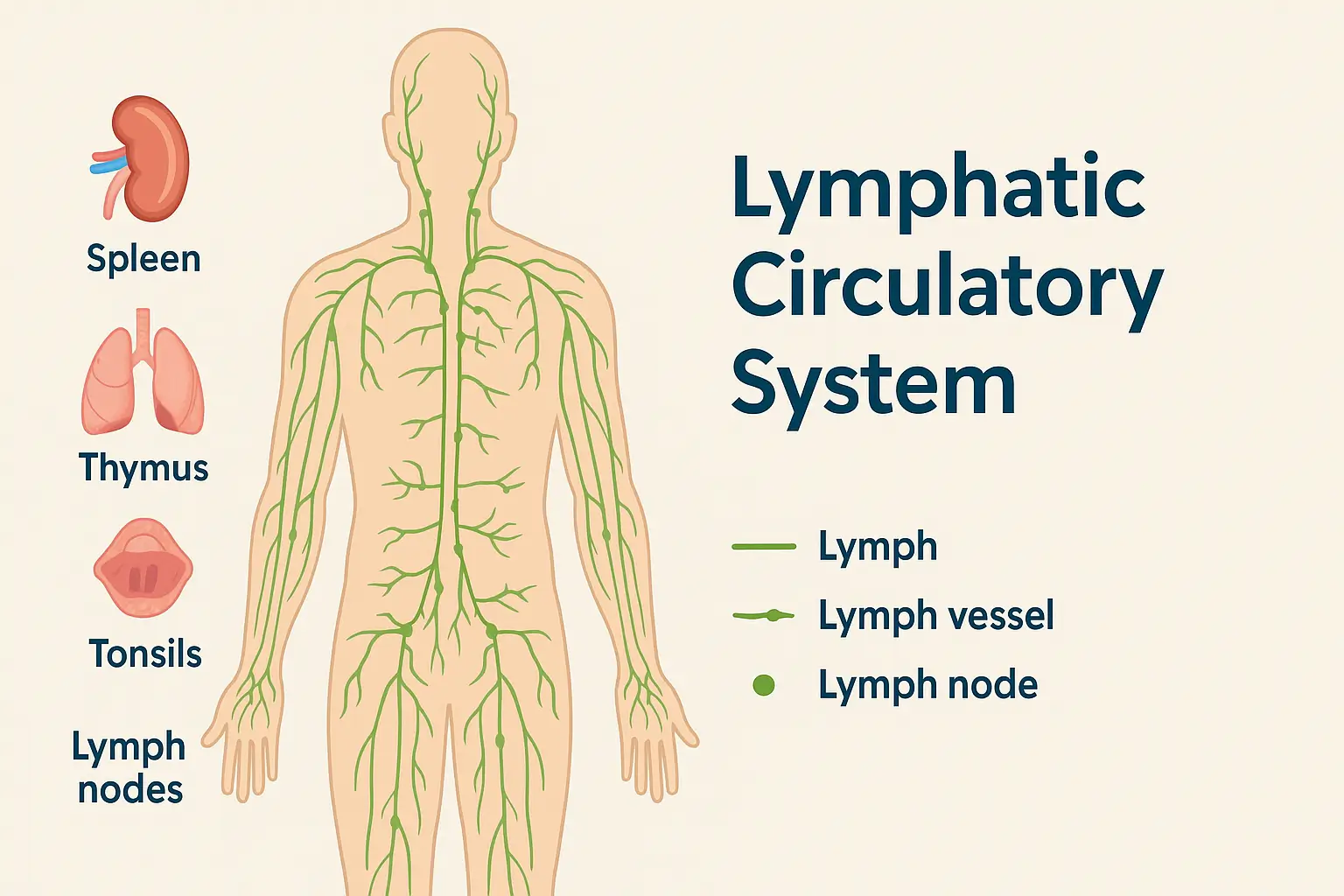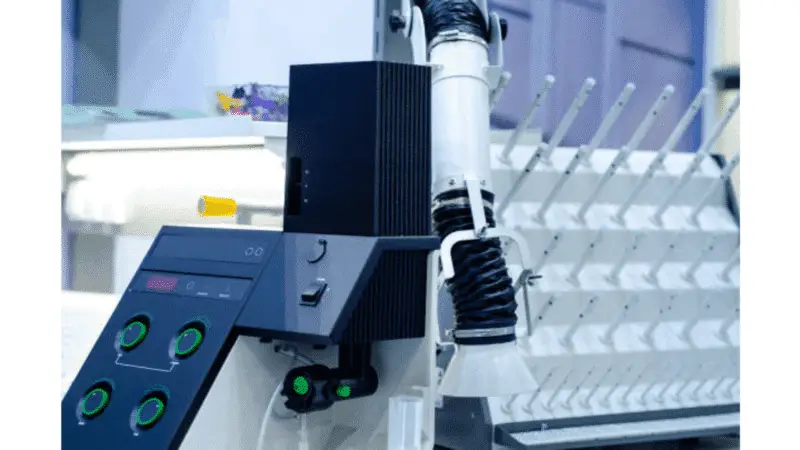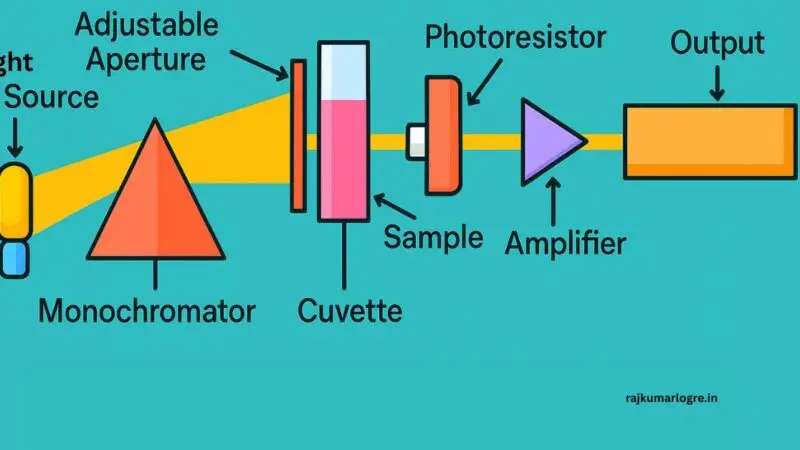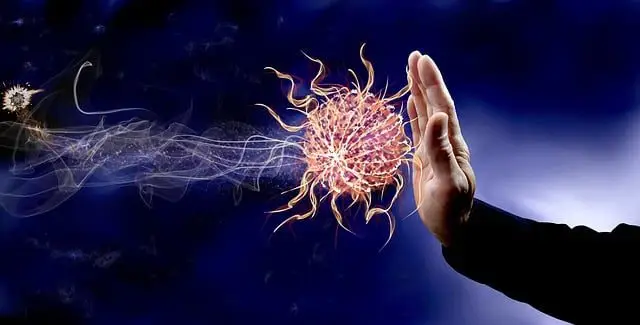Lymphatic Circulatory System

The lymphatic circulatory system, also known as the lymphatic system, is an important part of the human circulatory and immune systems. It works alongside the blood circulatory system to maintain fluid balance in the body, protect against infections, and support the immune response. While the blood circulatory system transports oxygen and nutrients to tissues and removes carbon dioxide and waste products, the lymphatic system plays a vital role in returning excess tissue fluid back to the bloodstream and filtering pathogens.
What is the Lymphatic System?
The lymphatic system is a complex network of lymph vessels, lymph nodes, lymphoid organs, and lymph fluid. It is a one-way drainage system that carries a clear fluid called lymph from the tissues back into the bloodstream. Unlike the blood circulatory system, the lymphatic system does not have a central pump like the heart. Instead, it depends on the movement of muscles, breathing, and one-way valves to move lymph through the body.
Main Components of the Lymphatic System
1. Lymph
Lymph is a clear, watery fluid that originates from interstitial fluid (the fluid surrounding cells). It contains white blood cells, especially lymphocytes, proteins, waste products, fats (chyle), and sometimes pathogens.
2. Lymphatic Capillaries
These are tiny, thin-walled vessels located in the spaces between cells. They are highly permeable and collect excess interstitial fluid, which becomes lymph once it enters the capillaries.
3. Lymph Vessels
Lymph capillaries merge to form larger lymphatic vessels that carry lymph towards the heart. These vessels have valves that prevent the backflow of lymph and ensure it moves in one direction.
4. Lymph Nodes
Lymph nodes are small, bean-shaped structures found along lymph vessels. They filter lymph and trap bacteria, viruses, and other foreign substances, which are then destroyed by white blood cells. Common locations of lymph nodes include the neck, armpits, chest, abdomen, and groin.
5. Lymphoid Organs
These include:
- Thymus: Located behind the sternum, it is responsible for the maturation of T-lymphocytes.
- Spleen: Filters blood, removes damaged red blood cells, and stores lymphocytes.
- Tonsils and Adenoids: Located in the throat and nasal passages, they trap pathogens from the air and food.
- Peyer’s patches (in the small intestine) and appendix also contribute to immune surveillance.
Functions of the Lymphatic System
1. Drainage of Tissue Fluid
About 20 liters of plasma flow through the body’s capillaries daily, of which about 17 liters are reabsorbed into the blood vessels. The remaining 3 liters become interstitial fluid and are drained by the lymphatic system. This prevents edema (swelling due to fluid accumulation).
2. Immune Response
The lymphatic system plays a central role in the body’s defense mechanisms. It transports antigens to lymph nodes, where immune cells like lymphocytes detect and respond to infections.
3. Absorption of Dietary Fats
In the small intestine, specialized lymphatic capillaries called lacteals absorb fats and fat-soluble vitamins (A, D, E, K) from digested food. These are then transported as chyle to the bloodstream.
4. Transport of White Blood Cells
The lymphatic system helps circulate lymphocytes, especially T-cells and B-cells, throughout the body to fight infection.
Pathways of Lymph Circulation
- Lymph starts in the interstitial spaces and enters the lymphatic capillaries.
- It travels through larger lymphatic vessels, passing through lymph nodes where it is filtered.
- Finally, the lymph drains into two main ducts:
- Thoracic duct: Drains lymph from the lower body, left arm, and left side of the head and chest into the left subclavian vein.
- Right lymphatic duct: Drains lymph from the right upper body into the right subclavian vein.
- Once in the subclavian veins, the lymph rejoins the bloodstream.
Differences Between Blood Circulatory and Lymphatic Circulatory Systems
| Feature | Blood Circulatory System | Lymphatic Circulatory System |
|---|---|---|
| Fluid | Blood | Lymph |
| Pump | Heart | No central pump |
| Flow Direction | Circulatory (closed loop) | One-way (towards heart) |
| Vessels | Arteries, veins, capillaries | Lymphatic vessels, capillaries |
| Major Cells | RBCs, WBCs, platelets | Lymphocytes |
| Function | Transport gases, nutrients, waste | Immune defense, fluid balance, fat absorption |
Diseases and Disorders of the Lymphatic System
1. Lymphedema
A condition where lymph accumulates in tissues, causing swelling (usually in the arms or legs). It can be congenital (primary) or result from damage to the lymphatic system (secondary), such as after cancer treatment.
2. Lymphadenopathy
Enlargement of lymph nodes due to infection, inflammation, or cancer. Common during viral infections like flu or COVID-19.
3. Lymphoma
A type of cancer that starts in lymphocytes. Common types include Hodgkin’s lymphoma and non-Hodgkin’s lymphoma.
4. Filariasis (Elephantiasis)
A parasitic disease caused by filarial worms, leading to extreme swelling of limbs due to blockage of lymph vessels.
5. Lymphangitis
Inflammation of the lymphatic vessels, often caused by bacterial infections.
How to Keep the Lymphatic System Healthy
- Exercise regularly: Movement helps pump lymph through the system.
- Stay hydrated: Water supports lymph flow and detoxification.
- Eat a balanced diet: Include fiber, antioxidants, and healthy fats.
- Massage and dry brushing: Stimulates lymph movement.
- Avoid tight clothing: It may restrict lymph flow.
- Deep breathing: Helps stimulate lymphatic return through the diaphragm.
Interesting Facts About the Lymphatic System
- The lymphatic system moves 3 liters of lymph per day.
- It contains more vessels than the blood circulatory system.
- It plays a major role in detecting and fighting cancer cells.
- The spleen is the largest lymphatic organ.
- Unlike blood, lymph does not circulate in a closed loop.
Conclusion
The lymphatic circulatory system is essential for maintaining the body’s internal environment. It keeps tissues healthy by removing excess fluid, supports immunity by fighting infections, and helps absorb dietary fats. Though often overlooked, it is a vital network that plays a silent yet powerful role in our well-being. A healthy lifestyle, awareness of lymph-related conditions, and early diagnosis can ensure this system continues to function optimally throughout life.







One thought on “Lymphatic Circulatory System”